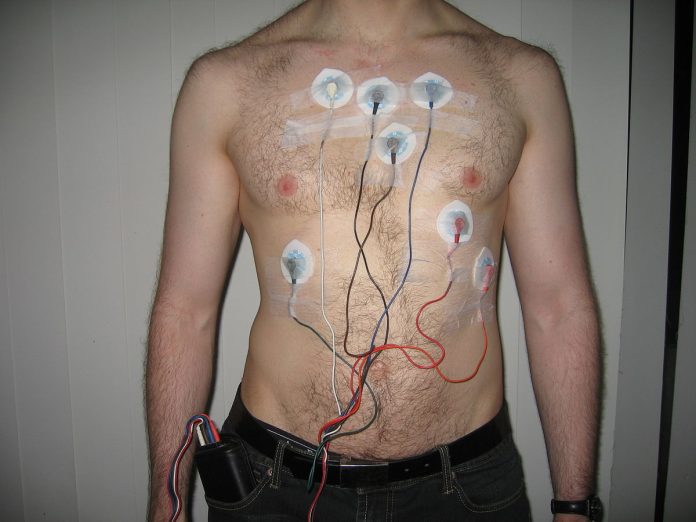
A Holter monitor is a small-device that is worn to keep track of the heartbeats. You may be advised to wear the small device for one or two days to check the rhythm of the heart. During those days, the Holter monitoring device will record all the heart rhythms. It is one of the best devices used to detect cardiac arrhythmia. The device test is performed after a doctor performs heart rhythm but fails to get enough information about the heart condition. Then the doctor uses the information obtained from the Holter to figure out if the heart has a problem or not.
How good is Holter Monitoring Device for Detecting a Cardiac Arrhythmia?
Any person experiencing symptoms or signs of cardiac arrhythmia, a doctor may ask for a test to be carried out. The test is known as the electrocardiogram. It is a test that uses electrodes to confirm the heart’s rhythm. But in most cases, the electrocardiogram may fail to give enough information about the heart rhythm. To ensure that the doctors identify irregularities in the heart, he will ask the patient to wear a Holter monitoring device for one or two. Doctors consider a Holter monitor as it is a good monitoring device in checking cardiac arrhythmia when an electrocardiogram cannot identify. The doctor might also ask the patient to wear the device if the heart condition is abnormal.
Are there any risks involved when wearing a Holter monitoring device?
There are no major risks involved in using a Holter monitor. However, there are reasonable discomfort and skin irritation in the areas that electrodes are positioned. But there are some precautions patients should take when wearing the Holter monitor. They should not bathe or swim for the whole period they will be wearing the device as it should never get wet. If a patient is using a wireless Holter monitor, he or she will be shown how to connect and disconnect so that he or she can bathe or swim.
Also, Holter monitoring devices are affected by electrical devices such as microwave, metal detectors, electric blankets, magnets, and electric razors. So, patients should avoid getting into contact with electrical devices when wearing a Holter monitor as they can interfere with the signals from the electrodes. It is also essential to keep phones and any portable devices at least six inches away from the monitoring device.
Are there any preparations needed when wearing a Holter monitor?
If the doctor has recommended that a Holter monitor is needed to check cardiac arrhythmia, the device is placed during the planned date. Hence, the patient should prepare well by bathing before the appointment. A specialist will position the electrodes that sense the heart rhythm on the chest. For a man, some hair might be shaved to ensure the electrodes stick well. Then the electrodes will be connected to the recording device with some wires. The patient will then be instructed on how to put the recording device to ensure it records the data accurately. The device is small and light in weight.
The patient is then advised to record the activities he or she does while wearing the monitor. It is vital to register in the diary any tremors, skipped heartbeat, chest pain, shortness of breath or any other symptom. The doctor will provide a form that the patient should fill his or her symptoms and activities. Once the device is fitted, the patients are advised on how to behave once they leave the doctor’s office.
What should you expect during the process?
A Holter monitoring device is noninvasive and painless. A patient can wear it without people noticing it because the wires and electrodes can be hidden under the clothes, and place the recording device on the belt.
Once the monitoring begins, the device should never be removed; the patient is supposed to wear it 24/7, even while sleeping. While wearing the device, patients can continue with their regular activities as long they do not interfere with the Holter monitor. The doctor will inform them how long they should wear the device to detect cardiac arrhythmia symptoms. A doctor can ask them to wear it for 24 hours or 48 hours.
What to expect after the process?
Once the monitoring time is over, the patient will be required to go back to the doctor’s office for the device to be removed. He or she will also be required to bring back the diary they recorded the activities. Then the doctor will compare the data from the device and the symptoms and activities recorded. After the doctor has checked the results from the Holter monitor and the recorded information, he or she advises accordingly. The information from the Holter should detect cardiac arrhythmia. If the data is not complete, the doctor may ask for more tests. But with a Holter monitor, it may not be possible to ask for more tests.








